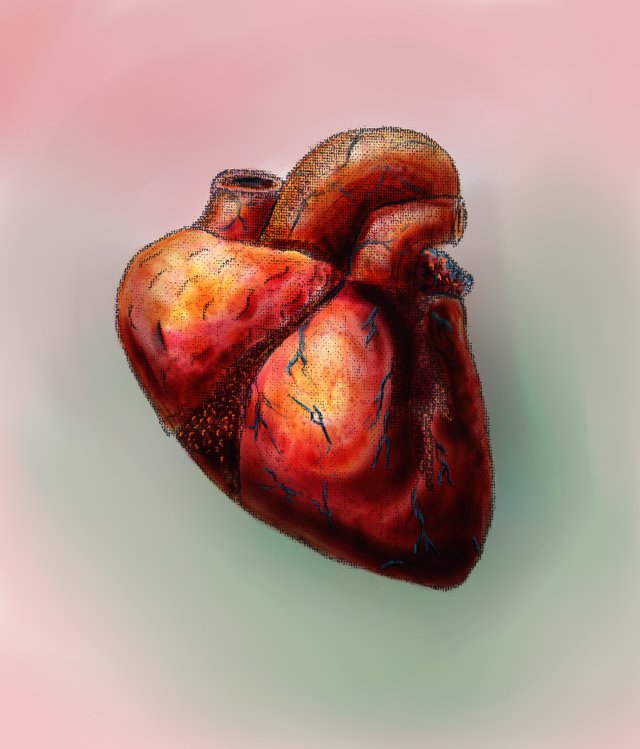Fixing The Heart With Conductive Nanofibers
If you survive a heart attack a scar will get created in place of the affected cell. This not only makes part of the heart muscle but it also stops communication between the hearths cells. And heart where a part is doing one thing and the other another tends to go on strike.

- Be also sure to check out my other posts and follow me @kralizec and subscribe to my Youtube channel at Kralizec Gaming Youtube Channel
The cells of the heart are good team players. If you grow them in a Petri dish they will start to coordinate how they contract. First, it will be small regions in the same rhythm but over some time all the cells will beat in the same rhythm. They use membrane potential to coordinate. But this only works until a heart attack. The scars on the muscle will become a barrier. What then happens is that the cells will start at different times and the blood instead of being nicely pumped will just womble around.
Cardiologists describe several different types of arrhythmia depending on which part of the heart is to blame. But most commonly they meet ventricular tachycardia – a faster heartbeat. This happens when the heart is trying to compensate for its lower pumping power. Depending on the severity they will order you drugs, cardio-stimulators, etc.
There were already many tries to solve “the connection problems” using electrodes. Sadly, nor platinum or iridium was good enough. But something might help – carbon nanofibers. These are extremely thin fibers made from mostly carbon atoms. And when I say thin I mean thin – just 5-8 μm thick. The scientists call them CNTf (Carbon Nano Tube Fibers). While they are still carbon fibers but modified. It took them six years before they created material with properties that would be good enough. While the strength of fibers isn't as good as originally it is much more plastic and behaves less like wire.
To make CNTfs you will first need classical carbon nanofibers. Then you will soak them in chlorosulfonic acid. Then you spin it an acetone bath and washing in water. After that, you bake them for half a day at 115°C (239°F). Once that is done you can start calling them highly crystallized and ready to make electrodes. For that, all you need to add is a polystyrene-polybutadiene tubing with opened ends. If you want more information you can find it in the sources which can be found at the end.
But to fix the heart this still isn't enough. First, you need something a bit more durable so you are capable of sewing. The ideal turned out to be a thread made from ten threads. The thread is flexible, it doesn't cut the heart, it is strong, durable and most importantly – it is conductive.
This means that we might start seeing carbon fibers not only on sports cars and bullet-proof vests. Soon we might see them in surgeons hands. The results of animal testing are so promising that human trials might begin soon.
Sources:
- https://science.sciencemag.org/content/339/6116/182/tab-figures-data
- https://www.sciencedaily.com/releases/2019/08/190813112207.htm
- If you like the content I’m producing about science maybe you will like the content I produce about gaming as well! Be sure to check out my other posts!
Now a day technology is growing.
Wow, science is really moving forward faster than a Clock's second! But nothing beats what we were born with.
Just noticed that you have a Youtube channel. Subscribed!
This post has been voted on by the SteemSTEM curation team and voting trail. It is elligible for support from @curie.
If you appreciate the work we are doing, then consider supporting our witness stem.witness. Additional witness support to the curie witness would be appreciated as well.
For additional information please join us on the SteemSTEM discord and to get to know the rest of the community!
Please consider setting @steemstem as a beneficiary to your post to get a stronger support.
Please consider using the steemstem.io app to get a stronger support.